What Are the Different Types of Aromatherapy
Curious about the world of aromatherapy and its benefits for mind, body, and spirit?
We explore the basics of aromatherapy, including its workings and the numerous benefits it offers.
From reducing stress and anxiety to improving sleep and relieving pain, aromatherapy has a wide range of applications.
We delve into different types of aromatherapy techniques, such as inhalation, topical application, and massage, to help you find the right approach for your needs.
Sit back, relax, and let’s explore the wonderful world of aromatherapy together.
Key Takeaways:
What is Aromatherapy?
Aromatherapy is a holistic healing treatment that uses natural plant extracts to promote health and well-being. It is considered a form of alternative medicine that involves the distillation of essential oils from various plants.
Essential oils have been utilized for centuries across different cultures for their therapeutic properties. The practice of aromatherapy dates back thousands of years, with ancient civilizations like the Egyptians, Greeks, and Romans valuing the healing benefits of aromatic plant essences. These early societies recognized the powerful effects of inhaling or applying essential oils on the body and mind. Through the meticulous process of distillation, these potent oils are extracted, capturing the pure essence of the plants.
How Does Aromatherapy Work?
Aromatherapy works by stimulating the limbic system in the brain, which is responsible for regulating emotions, stress, and anxiety. When essential oils are inhaled or applied, they can directly impact one’s mood and emotional well-being.
The limbic system plays a crucial role in processing emotions and memories, making it a key target in aromatherapy. By inhaling essential oils, the molecules travel through the olfactory system to the limbic system, triggering responses that can promote relaxation, reduce stress levels, and alleviate anxiety. This process is supported by the ability of certain scents to evoke specific emotions or memories, further enhancing their therapeutic effects. The calming properties of lavender or the uplifting aroma of citrus oils, for example, can help create a sense of peace and balance in the mind and body.
What Are the Benefits of Aromatherapy?
The benefits of aromatherapy are vast and include improved skin health, relief from headaches, and the ability to reduce stress and anxiety. Studies have shown that essential oils like lavender and peppermint, when used in massages, offer therapeutic effects.
Skincare benefits of aromatherapy involve enhancing skin elasticity, reducing acne, and promoting a natural glow. The anti-inflammatory properties of essential oils can soothe irritated skin and provide a youthful appearance. The calming scents can help in fighting insomnia and improving sleep quality.
Regarding headache alleviation, aromatherapy offers a natural remedy that can effectively reduce the intensity and frequency of headaches. For instance, the use of peppermint oil has been linked to easing tension headaches and migraines. The relaxing properties of lavender oil can help in minimizing stress-induced headaches.
Research has indicated that the use of lavender essential oil in massages can significantly reduce cortisol levels, the stress hormone, leading to a state of relaxation. Peppermint oil, on the other hand, has been found to enhance mental clarity and alertness, making it a popular choice for promoting focus and productivity.
Reduces Stress and Anxiety
Aromatherapy is known for its ability to reduce stress and anxiety levels by promoting relaxation and calming the mind. Essential oils like lavender are commonly used in this context due to their soothing properties and minimal side effects.
Lavender oil is particularly favored for its gentle yet powerful effects on the nervous system. Studies have shown that inhaling lavender oil or using it in a diffuser can help lower heart rate and blood pressure, inducing a sense of tranquility.
- When using essential oils for emotional well-being, it’s important to dilute them properly to avoid skin irritation. A patch test can help determine any potential allergic reactions before full application.
- Although essential oils offer numerous benefits, they should be used with caution. Overuse or improper application may lead to adverse reactions such as headaches or allergic responses. Consulting with a professional aromatherapist or healthcare provider is advisable, especially for individuals with preexisting medical conditions.
Improves Sleep
Aromatherapy can help improve sleep quality by creating a relaxing environment conducive to rest. Customized blends of essential oils are often used to promote a sense of calmness and enhance the overall sleep experience.
Essential oils such as lavender, chamomile, and sandalwood have been traditionally known for their sedative properties to induce relaxation and alleviate stress.
The use of a diffuser can disperse these aromas evenly throughout the room, setting the stage for a peaceful night’s sleep.
By incorporating aromatherapy into your nightly routine, you not only enhance the ambiance of your bedroom but also create a calming atmosphere that signals to your body it’s time to unwind and prepare for rest.
Relieves Pain and Inflammation
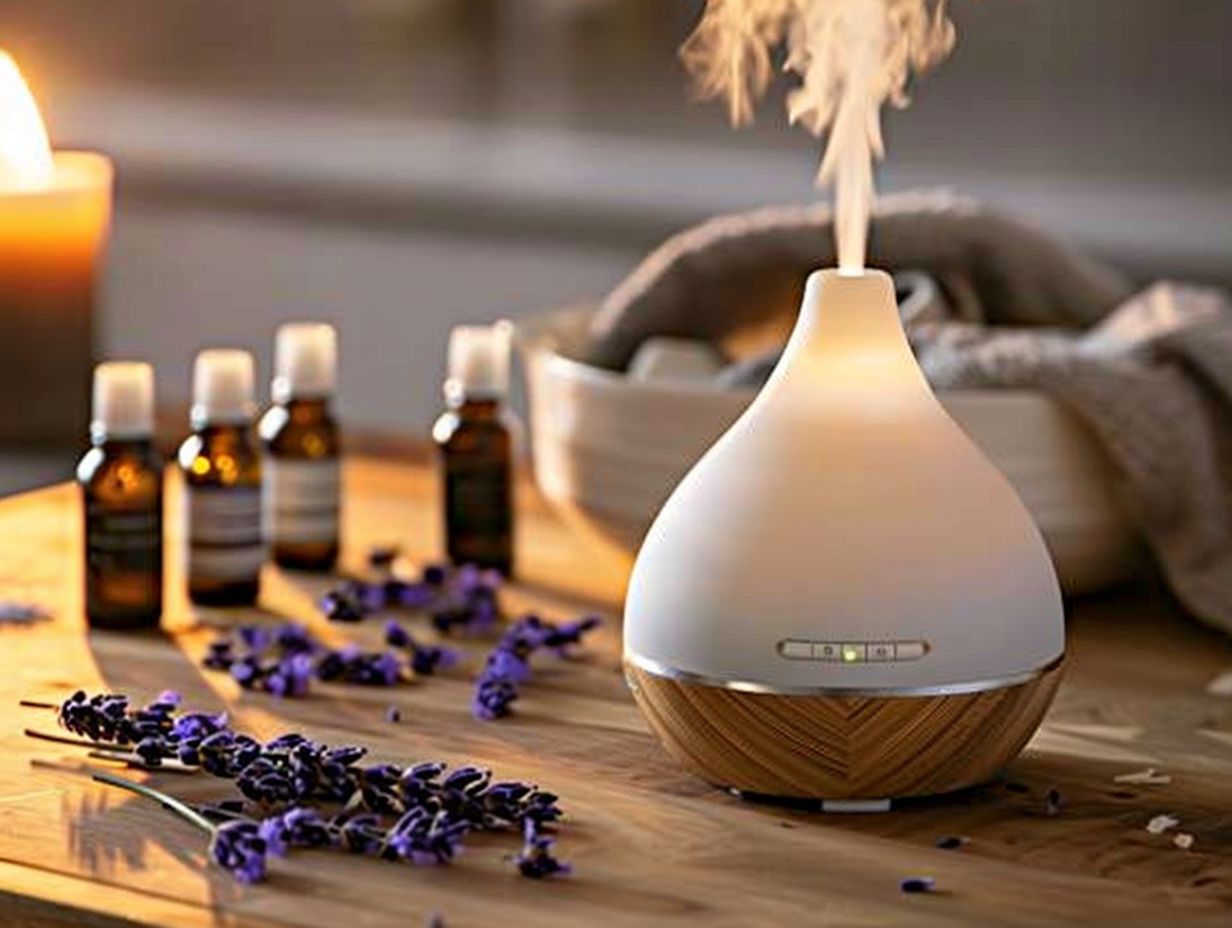
When used in massage therapy, essential oils can penetrate the skin and work their magic on a deeper level, targeting specific areas of pain and inflammation.
The aromatherapy experience can also help relax the mind and body, further enhancing the pain-relieving benefits and promoting a sense of overall well-being.
Whether it’s through a professional massage or a DIY topical application, incorporating essential oils into your pain management routine can be a natural and effective way to find relief.
Boosts Immune System
Aromatherapy can support the immune system by boosting overall health and well-being. Some essential oils, when used cosmetically or ingested under proper guidance, contribute to strengthening the body’s immune response.
When essential oils are applied topically, they can penetrate the skin and enter the bloodstream, where their therapeutic properties can enhance the body’s defense mechanisms.
For example, lavender oil is known for its calming effects, which can help reduce stress levels and promote better sleep, essential for a well-functioning immune system.
On the other hand, inhaling essential oils through diffusers or steam inhalation can directly impact the respiratory system, helping with clearing congestion and maintaining optimal lung health.
What Are the Different Types of Aromatherapy?
Aromatherapy encompasses various types, including inhalation, topical application, and massage therapy, each offering unique benefits. Creating the right environment through diffusers is essential for maximizing the effects of aromatherapy.
Regarding inhalation, essential oils can be diffused into the air using devices like nebulizing diffusers, ultrasonic diffusers, or simple steam inhalation methods. Inhaling the aromatic molecules can have a direct impact on the limbic system, influencing emotions and promoting relaxation or invigoration.
Topical application involves diluting essential oils with carrier oils and applying them directly to the skin. This method allows for absorption into the bloodstream, offering benefits such as pain relief, skin rejuvenation, and even wound healing.
Massage therapy with essential oils blends the benefits of touch and aroma, providing a holistic approach to relaxation and wellness. The combination of skilled techniques and the therapeutic properties of the oils can address physical and mental ailments.
Inhalation Aromatherapy
Inhalation aromatherapy involves breathing in essential oils to experience their therapeutic benefits.
When engaging in inhalation aromatherapy, the olfactory system plays a vital role in how the essential oils are perceived by the brain. As the aroma molecules from the oils are inhaled, they travel through the nose to the olfactory receptors, sending signals to the limbic system, which is known as the brain’s emotional center.
To enhance this process, creating a calm and relaxing atmosphere is essential. Factors such as dim lighting, gentle background music, and comfortable surroundings can help in optimizing the benefits of aromatherapy.
Topical Aromatherapy
Topical aromatherapy involves applying diluted essential oils directly to the skin for various benefits. Customized blends are often used to address specific skin concerns and promote overall wellness.
Blending essential oils is a skilled practice that combines different oils to create a synergy that enhances their individual properties, thus amplifying their effectiveness. When crafting these blends for skincare, each oil is chosen for its unique qualities, such as anti-inflammatory, antimicrobial, or antioxidant properties. For example, lavender oil is commonly used for its calming effects, while tea tree oil is valued for its antimicrobial properties that can help with acne. By combining oils strategically, the resulting blend can offer a holistic approach to improving skin health and providing a sense of well-being.
Aerial Diffusion Aromatherapy
Aerial diffusion aromatherapy utilizes diffusers to disperse essential oils into the air, creating a relaxing and calming environment. This method is ideal for promoting relaxation and overall wellness.
When essential oils are diffused into the air, their aromatic molecules are released, offering various therapeutic benefits. These molecules can impact the limbic system, the part of the brain responsible for emotions and memories, leading to feelings of calmness and tranquility.
The diffusion of essential oils can also purify the air by killing airborne bacteria and viruses, thus improving the air quality in the surroundings. This not only enhances relaxation but also helps in creating a healthier living space.
Direct Inhalation Aromatherapy
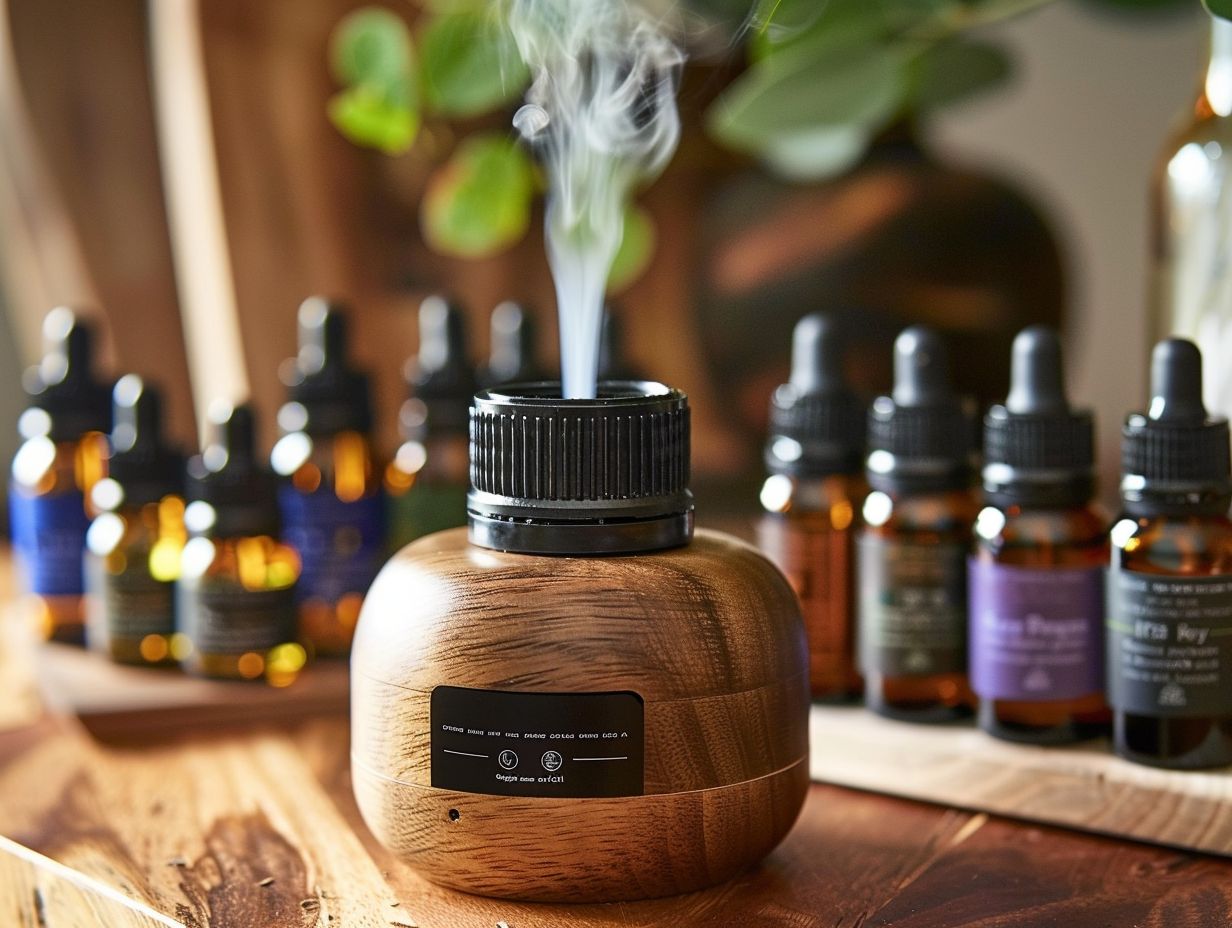
When essential oils are inhaled directly, they bypass the digestive system and are quickly absorbed through the lungs into the bloodstream, allowing for rapid effects on the body and mind. The molecules of the essential oils interact with the olfactory system, triggering responses in the brain that can promote relaxation, reduce anxiety, and enhance focus.
The direct inhalation method is convenient and can be easily incorporated into daily routines. Whether you need a quick pick-me-up during a busy day or a moment of calm before bedtime, direct inhalation aromatherapy offers a practical and efficient way to experience the therapeutic benefits of essential oils.
Aromatherapy Massage
Aromatherapy massage involves the use of essential oils during massage therapy, providing relief from headaches and promoting relaxation. The soothing effects of oils like lavender enhance the massage experience.
-
Studies have shown that the inhalation of lavender oil can reduce migraine symptoms and tension headaches, making it a popular choice for headache relief in aromatherapy massage. The calming aroma of lavender also helps in reducing stress levels and inducing a sense of peace and tranquility during the massage session.
-
Other essential oils such as peppermint and eucalyptus are known for their analgesic properties, aiding in muscle relaxation and soothing pain. When combined with massage techniques, these oils can amplify the therapeutic benefits, leaving the recipient feeling rejuvenated and refreshed.
Aromatherapy Bath
Aromatherapy baths involve adding essential oils to bathwater to create a relaxing and rejuvenating experience. The carefully selected oils enhance the bath environment and offer various wellness benefits.
When indulging in an aromatherapy bath, the calming scents of essential oils can help ease stress and anxiety, promoting a sense of tranquility. These aromatic oils have therapeutic properties that can alleviate muscle tension, improve circulation, and even enhance sleep quality. By incorporating essential oils into your bath routine, you can elevate your self-care regimen and support overall well-being.
Aromatherapy Diffuser
Aromatherapy diffusers disperse essential oils into the air, creating a soothing environment for inhalation therapy. The diffused oils help improve air quality and promote overall well-being.
One of the main benefits of using aromatherapy diffusers is their ability to purify the air by releasing molecules of essential oils that have antimicrobial properties, effectively reducing airborne bacteria and viruses. The calming scents emitted by the diffuser can alleviate stress, anxiety, and promote better sleep. These essential oils are known to have therapeutic effects on the respiratory system, aiding in conditions such as congestion, allergies, and asthma. The pleasant aroma uplifts mood and enhances emotional well-being, making aromatherapy diffusers a popular choice for relaxation and holistic healing.
Aromatherapy Candles
Aromatherapy candles are infused with essential oils to create a calming and fragrant atmosphere. Lighting such candles enhances the environment, promoting relaxation and offering therapeutic benefits.
The use of aromatherapy candles is deeply rooted in ancient practices that harness the healing properties of natural essences. The gentle glow of a flickering flame coupled with the subtle release of aromatic oils can help ease stress and anxiety levels.
These candles are not just about creating a pleasant scent; their therapeutic benefits extend to improving sleep quality, boosting mood, and even enhancing mental clarity. Each essential oil used in the candles serves a unique purpose, whether it’s to uplift spirits, calm nerves, or create a sense of balance and harmony.
Aromatherapy Inhalers
Aromatherapy inhalers provide a portable and convenient way to experience the benefits of essential oils for stress relief and anxiety management. These compact devices offer quick and discreet access to aromatherapy benefits.
- One of the key advantages of using these inhalers is their ease of use. Simply unscrew the cap and inhale the soothing aroma to promote relaxation and mental clarity.
- The small size and lightweight design make them perfect for carrying in your pocket, purse, or bag, allowing you to enjoy the benefits of aromatherapy wherever you go.
- Aromatherapy inhalers are mess-free and don’t require any mixing or dilution of essential oils, making them a convenient option for those with busy lifestyles.
Frequently Asked Questions
What Are the Different Types of Aromatherapy?
Aromatherapy is a popular holistic practice that uses essential oils to improve physical, emotional, and mental well-being. There are several types of aromatherapy, each with its own unique benefits and uses. Here are six frequently asked questions about the different types of aromatherapy.
What is Inhalation Aromatherapy?
Inhalation aromatherapy involves breathing in essential oils using a diffuser, steam inhalation, or simply inhaling the scent directly from the bottle. This type of aromatherapy can help with respiratory issues, stress relief, and relaxation.
What is Topical Aromatherapy?
Topical aromatherapy involves applying diluted essential oils directly to the skin. This method can help with pain relief, skin conditions, and muscle relaxation. It is important to properly dilute essential oils before applying them topically to avoid skin irritation.
What is Aerial Aromatherapy?
Aerial or room aromatherapy involves using essential oils to freshen the air in a room. This can be done through a diffuser or by adding a few drops of oil to a bowl of hot water. Aerial aromatherapy can help create a relaxing atmosphere and eliminate odors.
What is Cosmetic Aromatherapy?
Cosmetic aromatherapy involves using essential oils in beauty and skincare products. These products can range from facial oils and serums to body lotions and hair treatments. Cosmetic aromatherapy can improve skin health and enhance overall appearance.
What is Medical Aromatherapy?
Medical aromatherapy is a specialized form of aromatherapy that involves using essential oils for therapeutic purposes. This type of aromatherapy should only be practiced by trained professionals and can be used to treat various health conditions.
What is Ayurvedic Aromatherapy?
Ayurvedic aromatherapy combines traditional Indian medicine with aromatherapy principles. This type of aromatherapy uses a specific blend of essential oils tailored to an individual’s dosha or energy type. It can help balance the mind, body, and spirit.

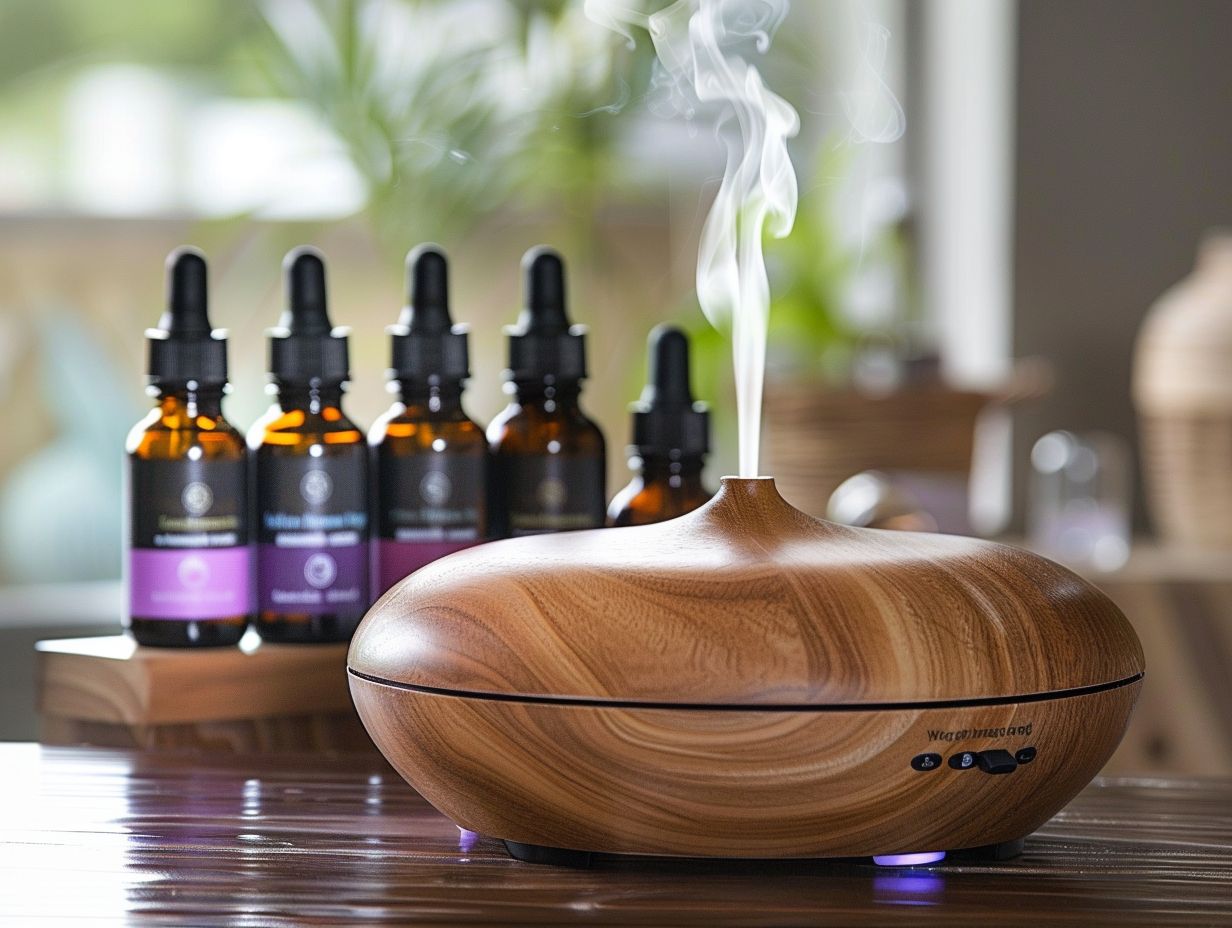
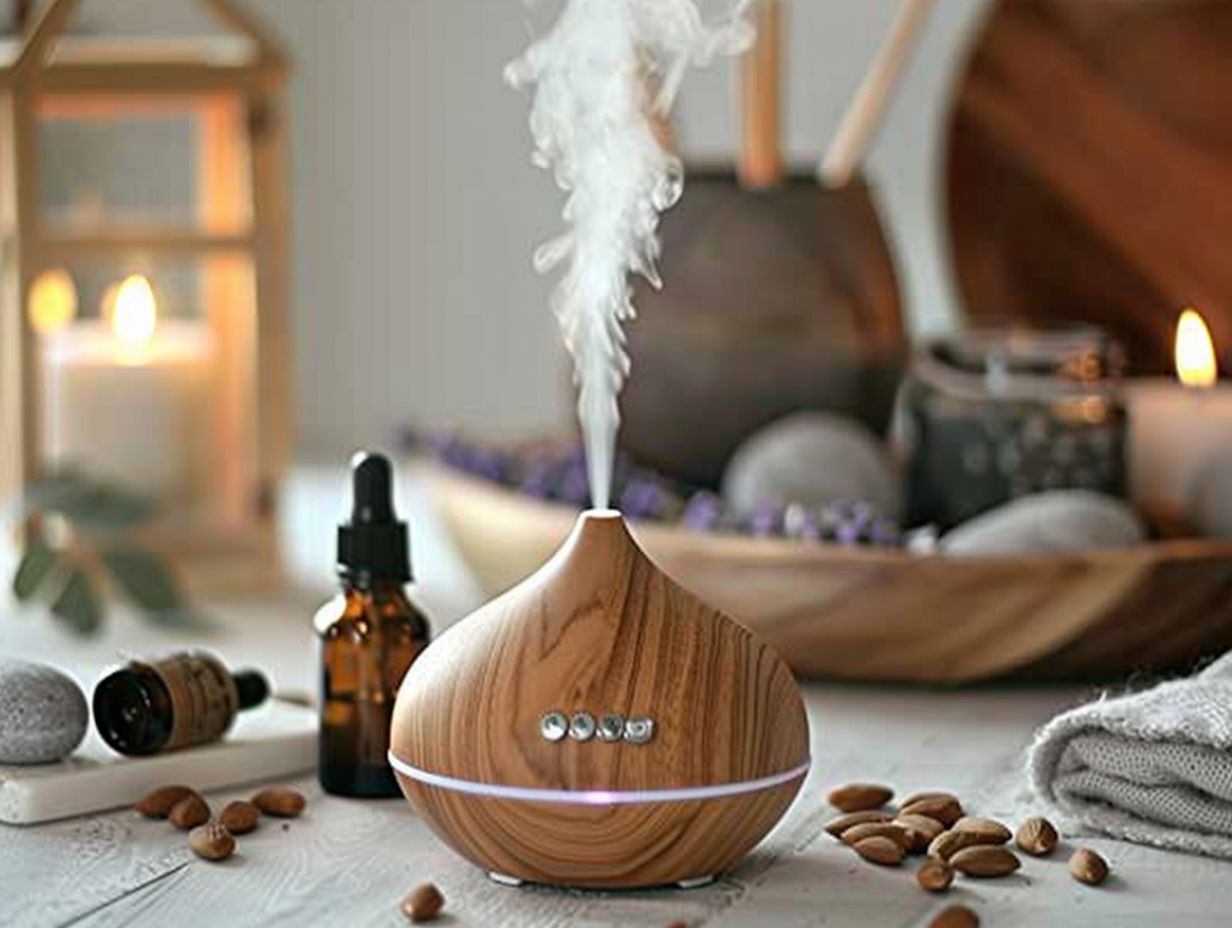

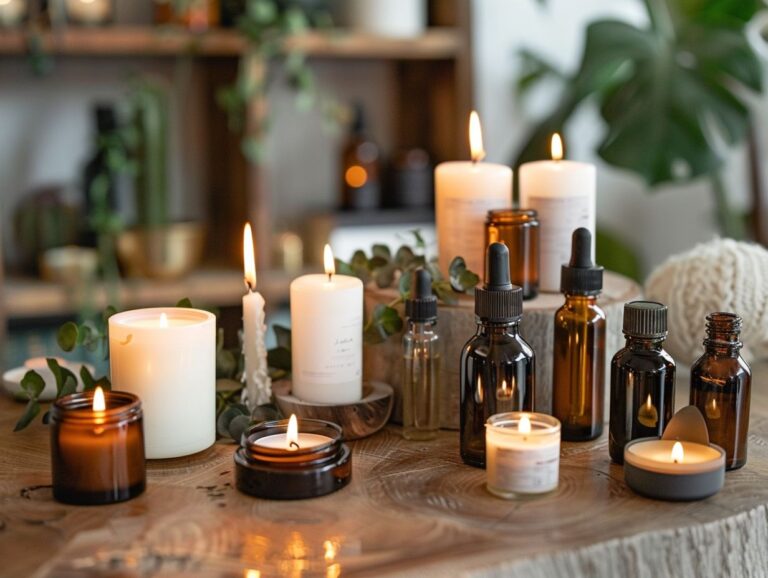
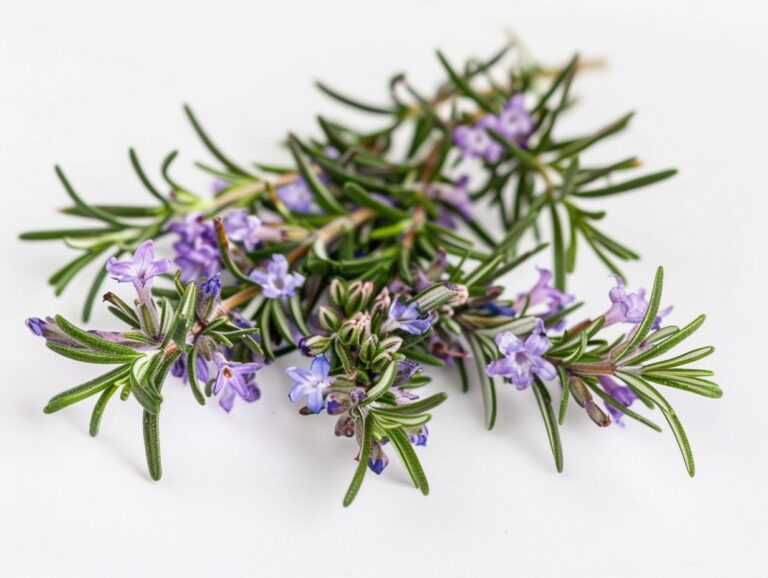

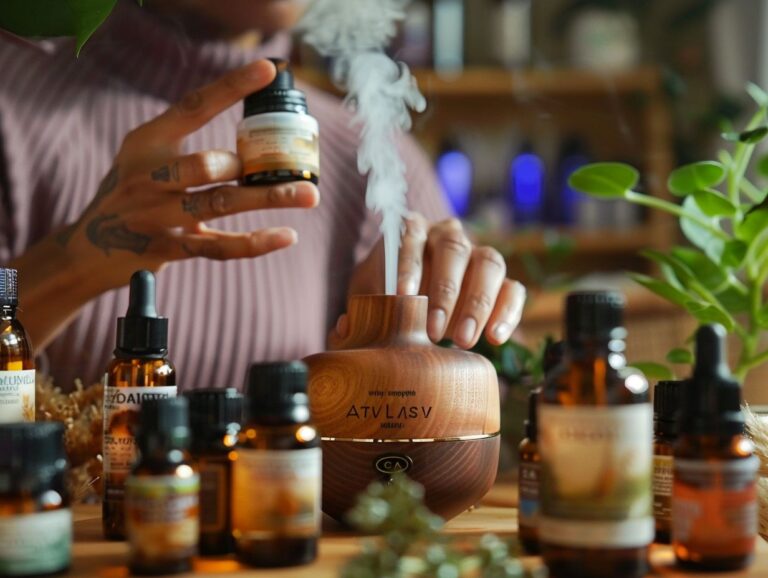
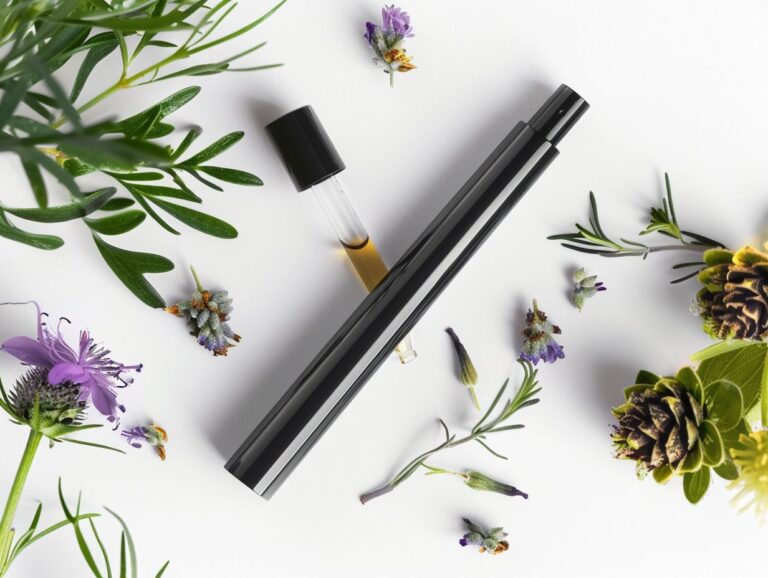
One Comment